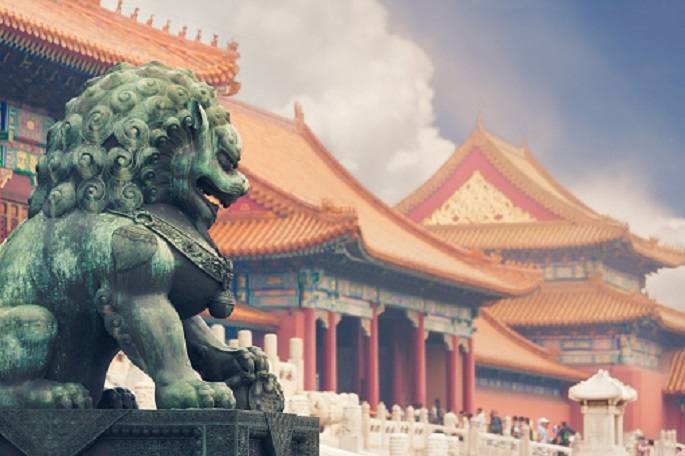Aside from the endless pictures--though generally museums do not allow picture taking of some items and in some areas--museum visitors get the liberty to purchase as many souvenirs as their available cash would allow them to.
Museums make extra revenue by selling various souvenir items, and no less than the Ministry of Culture supports such activity. In fact, it even pushes for it.
The ministry announced during a press conference at the Palace Museum in Beijing last week that it encourages museums to produce more souvenir items, reported China Daily.
Wu Jiangbo, director of the cultural industry department of the Ministry of Culture, said that the money derived from the sales can be used to improve the services of the museums and to increase their collections.
Wu added that given the additional income, museums can also come up with better souvenirs and give bonus to the people who created them for their quality work.
With the production of more souvenirs, Wu reminded museum operators about intellectual property protection.
In 2015, according to Shan Jixiang, director of the Palace Museum, the museum produced 285,000 desk calendars, but more than a million copies were remarkably sold.
The Palace Museum, established in 1925 and inscribed on the World Heritage List by UNESCO in 1987, houses an impressive collection--ceramics, paintings, calligraphy--reflecting more than 5,000 years of Chinese culture and history.
It sells some 8,700 kinds of souvenirs. In 2015, its sales generated 1 billion yuan for the museum, according to China Daily.
Other museums find other sources of supplementary income.
Taiwan’s National Palace Museum not only operates a gift shop, with more than 3,500 items to choose from, according to its website, it also runs a bookshop (Tingyun Bookstore), and its restaurant (Silks Palace) serves traditional Chinese cuisine. For quick bites, its three cafés (Xianjufu Café, Fuchunju Café, and Zhishan Café) offer refreshments and snacks to hungry visitors.



























